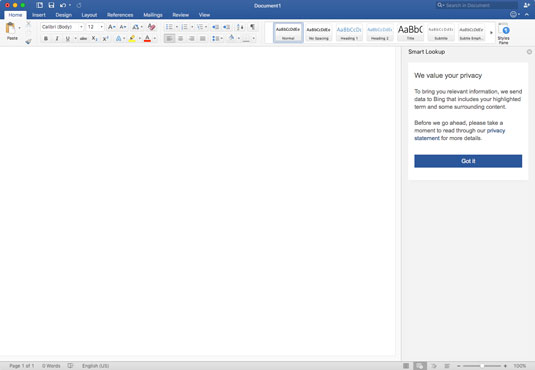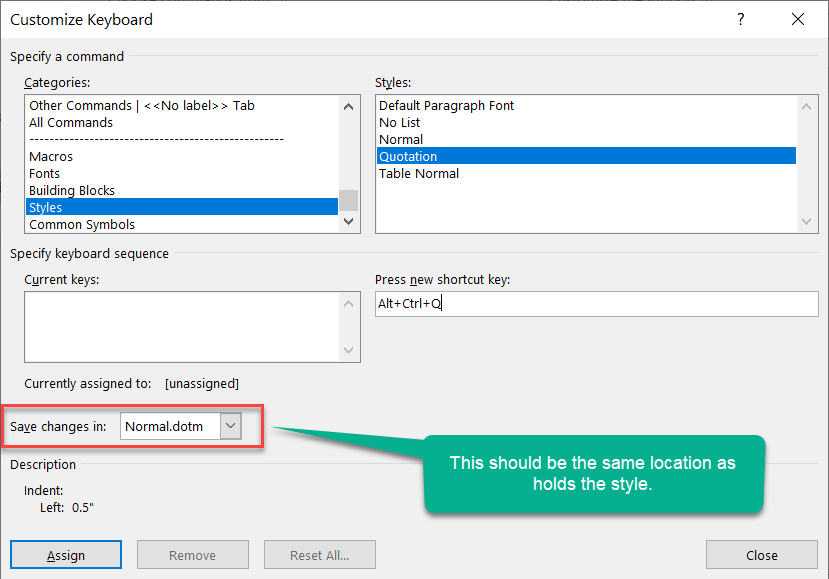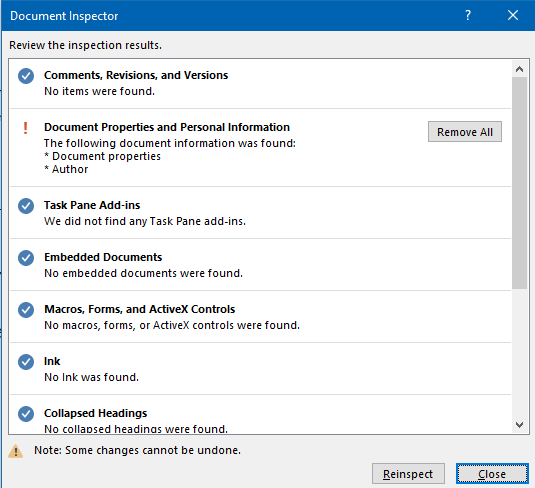

Some information from the linked files is cached in your workbook, but it may not be visible when viewing in Excel. In Excel, you can link your workbook to other files such that data from those files is shown in your workbook. Macros (VBA Code), forms, and ActiveX Controls may contain personal or private information that is not readily visible in your document, but someone who goes looking would be able to find it. However, if you share the presentation with someone, they would be able to open the entire workbook by right-clicking on the chart and selecting Edit Data > Edit the Data in Excel.

The chart is visible, but the data associated with the chart and the rest of the workbook may not be visible. For example, if you copy a chart from Excel and use the embed paste options to paste it into a PowerPoint slide, you are actually pasting the chart and the underlying Excel workbook into the PowerPoint slide. When you embed a document or an object, the contents of the embedded document may not be visible in the file you’re editing. Descriptions of items detected by the new Inspectors
#DOCUMENT INSPECTOR FOR MAC 2016 WORD UPDATE#
They will appear in an update in early 2015. Note: Some of the new inspectors may not show up in Excel 2010 with the November and December updates for Office 2010. *Excel Surveys are only detected in Excel 2013, because Surveys are not supported in Excel 2010. *Timelines are detected only in Excel 2013, because timelines are not supported in Excel 2010. PivotTables, PivotCharts, Cube Formulas, Slicers and Timelines*.Excel has several more new inspectors than PowerPoint and Word -simply because the features being inspected are only found in Excel. The list below shows the new inspectors and which Office application they have been added to. The updates for Office 2013 and Office 2010 are adding several inspection modules, called inspectors, to Excel, PowerPoint and Word. For more information about the Document Inspector, read about it on, where there are articles explaining how it works in Excel, PowerPoint and Word. In some cases, it will remove such items from your document, in other cases it alerts you even if it can’t automatically remove the items. The Document Inspector helps you to prepare your documents, presentations, or workbooks for publishing and sharing by checking for items that may contain hidden or private information.

Steve Kraynak is a program manager for the Office team.īeginning with the November and December 2014 updates for Microsoft Office 20, several enhancements are being added to the Document Inspector, also known as the “Check for Issues” tool in Excel, PowerPoint and Word.


 0 kommentar(er)
0 kommentar(er)
